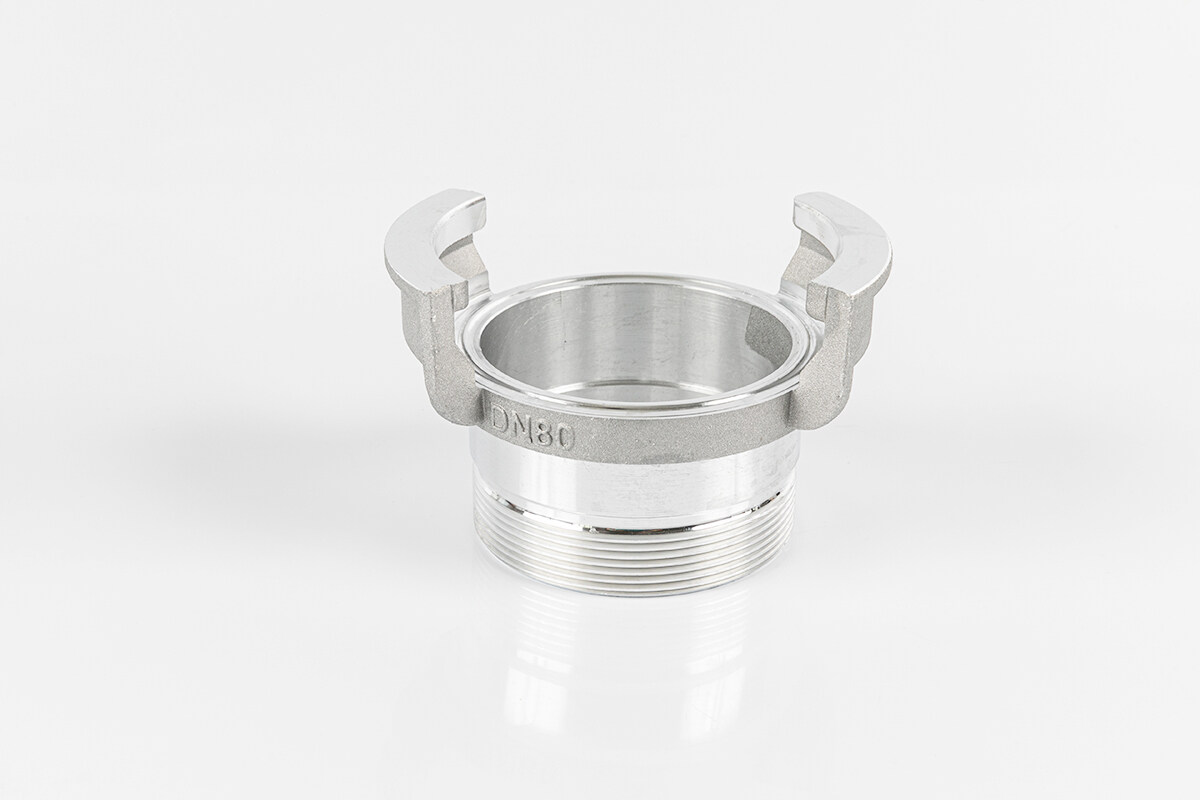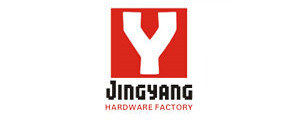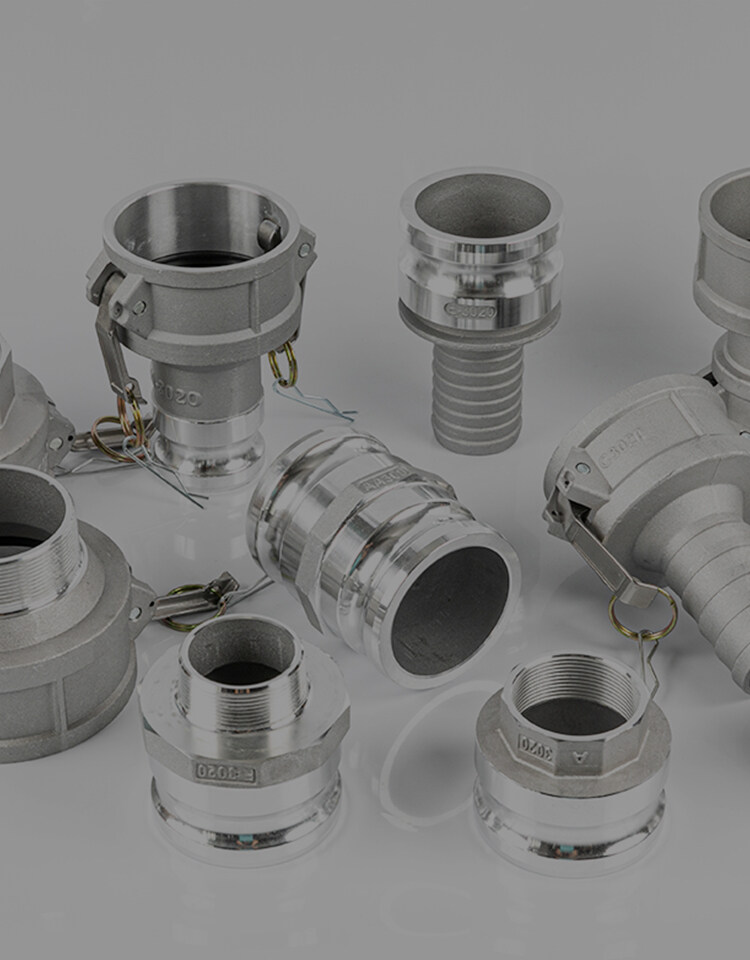Errore nel formato dell'e-mail
emailCannotEmpty
emailDoesExist
pwdLetterLimtTip
inconsistentPwd
pwdLetterLimtTip
inconsistentPwd

Notizia
Qui, puoi descrivere un pezzo di testo che vuoi esprimere

Fire Hose Coupling: The Perfect Solution for Male and Female Coupling
When it comes to fire safety, having a reliable and efficient fire hose system is crucial. One essential component of such a system is the fire hose coupling. In this blog post, we will explore the importance of male and female coupling in fire hose systems and discuss various aspects related to it. From irrigation hose couplers to high-pressure hose couplings, we will cover it all. So, let’s dive in!
Understanding Fire Hose Coupling
1.1 What is a Fire Hose Coupling?
A fire hose coupling is a device used to connect two sections of fire hose together. It ensures a secure and leak-free connection, allowing for the efficient flow of water or other fire suppressants. The coupling consists of two parts: the male coupling and the female coupling.
1.2 Importance of Male and Female Coupling
The male and female coupling is essential for the proper functioning of a fire hose system. It allows for easy connection and disconnection of hoses, enabling firefighters to quickly deploy and maneuver the hoses during emergencies. The coupling also ensures a tight seal, preventing any leakage that could compromise the effectiveness of the system.
1.3 Types of Fire Hose Couplings
There are various types of fire hose couplings available in the market, each designed for specific applications and requirements. Some common types include instantaneous couplings, Storz couplings, and threaded couplings. These couplings come in different sizes, materials, and pressure ratings to accommodate various fire hose systems.
Exploring Male and Female Coupling
2.1 Male Coupling: A Closer Look
The male coupling is the part of the coupling that inserts into the female coupling to create a secure connection. It typically has external threads that match the internal threads of the female coupling. The male coupling is designed to withstand high pressure and provide a reliable connection.
2.1.1 Features and Functions
Male couplings are usually made of durable materials such as brass or aluminum to withstand the harsh conditions encountered in firefighting operations. They are often equipped with locking mechanisms or lugs to ensure a secure connection. The male coupling also has a swivel feature that allows for easy rotation, enabling firefighters to maneuver the hose without twisting or kinking it.
2.1.2 Applications in Fire Hose Systems
Male couplings are commonly used at the ends of fire hoses to connect them to hydrants, pumps, or other firefighting equipment. They are also used to connect multiple sections of hose together to extend the reach of the system. Male couplings are available in various sizes and thread types to accommodate different hose diameters and connection requirements.
2.2 Female Coupling: A Closer Look
The female coupling is the part of the coupling that receives the male coupling and forms a tight seal. It typically has internal threads that match the external threads of the male coupling. The female coupling is designed to withstand high pressure and provide a secure connection.
2.2.1 Features and Functions
Female couplings are also made of durable materials such as brass or aluminum. They are designed to provide a tight seal when connected to the male coupling, preventing any leakage. Female couplings often have a swivel feature that allows for easy rotation, reducing strain on the hose during operation.
2.2.2 Applications in Fire Hose Systems
Female couplings are used at the ends of fire hoses to receive the male couplings and create a secure connection. They are also used to connect hoses to nozzles or other firefighting equipment. Female couplings come in various sizes and thread types to match the male couplings and ensure compatibility with the system.
The Role of Fire Hose Coupling in Fire Safety
3.1 Ensuring Efficient Water Flow
The male and female coupling plays a crucial role in ensuring the efficient flow of water or other fire suppressants in a fire hose system. The tight seal created by the coupling prevents any leakage, allowing for maximum water pressure and flow rate. This is essential for effectively extinguishing fires and minimizing damage.
3.2 Compatibility with Fire Hose Systems
Fire hose couplings are designed to be compatible with standard fire hose systems. They are available in different sizes and thread types to match the hose diameter and connection requirements. Ensuring the correct coupling is used is vital to maintain the integrity and functionality of the system.
3.3 Durability and Reliability
Fire hose couplings are subjected to harsh conditions during firefighting operations. The high pressure hose coupling can well withstand extreme temperatures, and physical stress. Couplings made from durable materials and designed for reliability are essential to ensure the longevity and effectiveness of the fire hose system.
Choosing the Right Fire Hose Coupling
4.1 Factors to Consider
When choosing a fire hose coupling, several factors should be considered. These include the hose diameter and thread size, material and construction, and pressure rating and flow capacity. It is crucial to select a coupling that matches the specific requirements of the fire hose system to ensure compatibility and optimal performance.
4.1.1 Hose Diameter and Thread Size
The coupling must match the diameter of the fire hose to ensure a secure connection. Additionally, the thread size of the coupling should match the thread type of the hose and other equipment to ensure compatibility.
4.1.2 Material and Construction
Fire hose couplings are typically made from materials such as brass, aluminum, or stainless steel. Each material has its advantages and disadvantages in terms of durability, corrosion resistance, and weight. The construction of the coupling should be robust and reliable to withstand the demands of firefighting operations.
4.1.3 Pressure Rating and Flow Capacity
The coupling should have a pressure rating that matches or exceeds the maximum operating pressure of the fire hose system. It should also have a flow capacity that allows for the required water flow rate. Choosing a coupling with the appropriate pressure rating and flow capacity is crucial for the effectiveness of the system.
4.2 Reusable Hydraulic Hose Fittings Factories: A Reliable Source
When sourcing fire hose couplings, it is essential to choose a reliable supplier. Reusable hydraulic hose fittings factories are a good option as they specialize in manufacturing high-quality couplings. These factories have the expertise and equipment to produce couplings that meet industry standards and specifications.
4.3 Wholesale Hose Fittings: Cost-Effective Solutions
For those looking for cost-effective solutions, wholesale hose fitting can be a viable option. Wholesale suppliers offer competitive prices for bulk purchases, making it more economical for organizations or fire departments to acquire the required couplings for their fire hose systems.
Installation and Maintenance of Fire Hose Couplings
5.1 Proper Installation Techniques
Proper installation of fire hose couplings is crucial to ensure a secure and leak-free connection. The male coupling should be inserted into the female coupling until it reaches the end, ensuring a tight fit. The couplings should be tightened using the appropriate tools to prevent any loosening during operation.
5.2 Regular Inspection and Maintenance
Regular inspection and maintenance of fire hose couplings are essential to identify any signs of wear, damage, or leakage. Couplings should be inspected for cracks, corrosion, or any other defects that could compromise their performance. Any damaged or worn-out couplings should be replaced immediately to maintain the integrity of the fire hose system.
5.3 Troubleshooting Common Issues
In case of any issues with the fire hose couplings, troubleshooting techniques can be employed. Common issues include leaks, difficulty in connecting or disconnecting the couplings, or couplings getting stuck. Proper troubleshooting techniques should be followed to identify and resolve these issues promptly.
Innovations in Fire Hose Coupling Technology
6.1 Advancements in Materials and Design
Advancements in materials and design have led to the development of more durable and efficient fire hose couplings. New materials with enhanced strength and corrosion resistance are being used, ensuring longer lifespan and improved performance. Innovative designs are also being introduced to enhance ease of use and compatibility with different hose systems.
6.2 High-Pressure Hose Couplings: Meeting the Demands
With the increasing demand for high-pressure fire hose systems, high-pressure hose couplings have become essential. These couplings are designed to withstand higher pressures and provide a secure connection. They are commonly used in industrial settings or situations where a higher flow rate is required.
6.3 Improved Safety Features
Safety is a top priority in firefighting operations. Fire hose couplings are now being designed with improved safety features such as locking mechanisms, lugs, or quick-release mechanisms. These features ensure a secure connection and prevent accidental disconnection during operation, enhancing the safety of firefighters and the effectiveness of the system.
Conclusion
In conclusion, the male and female coupling fire hose plays a vital role in ensuring the effectiveness of fire hose systems. From irrigation hose coupler to high-pressure hose couplings, the right choice of coupling can make a significant difference in fire safety. By understanding the features, functions, and applications of these couplings, one can make an informed decision. Regular maintenance and inspection, along with sourcing from reliable suppliers, are essential for optimal performance. With continuous advancements in technology, we can expect even more innovative solutions in the future. So, invest in the right fire hose coupling and prioritize fire safety in your premises.

